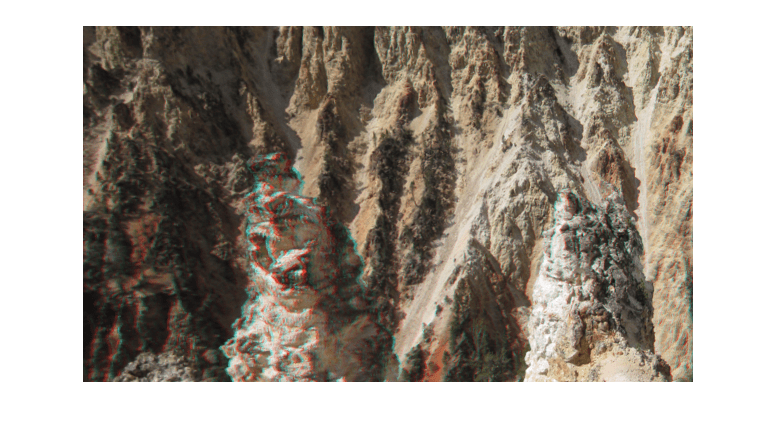estimateStereoRectification
Description
[
returns projective transformations for rectifying stereo images. This function does not
require intrinsic or extrinsic camera parameters.tform1,tform2]
= estimateStereoRectification(F,inlierPoints1,inlierPoints2,imageSize)
Examples
Input Arguments
Output Arguments
Tips
Applying the output uncalibrated rectification of
tform1(ortform2) to image 1 (or image 2) can result in an undesired distortion if an epipole exists within the image. You can check for an epipole within an image by applying theisEpipoleInImagefunction.
References
[1]
[2] Pollefeys, M., Koch, R., and Van Gool, L.. A Simple and Efficient Rectification Method for General Motion. Proceedings of the Seventh IEEE International Conference on Computer Vision. Volume 1, pages 496-501. 1999. DOI:10.1109/ICCV.1999.791262.

